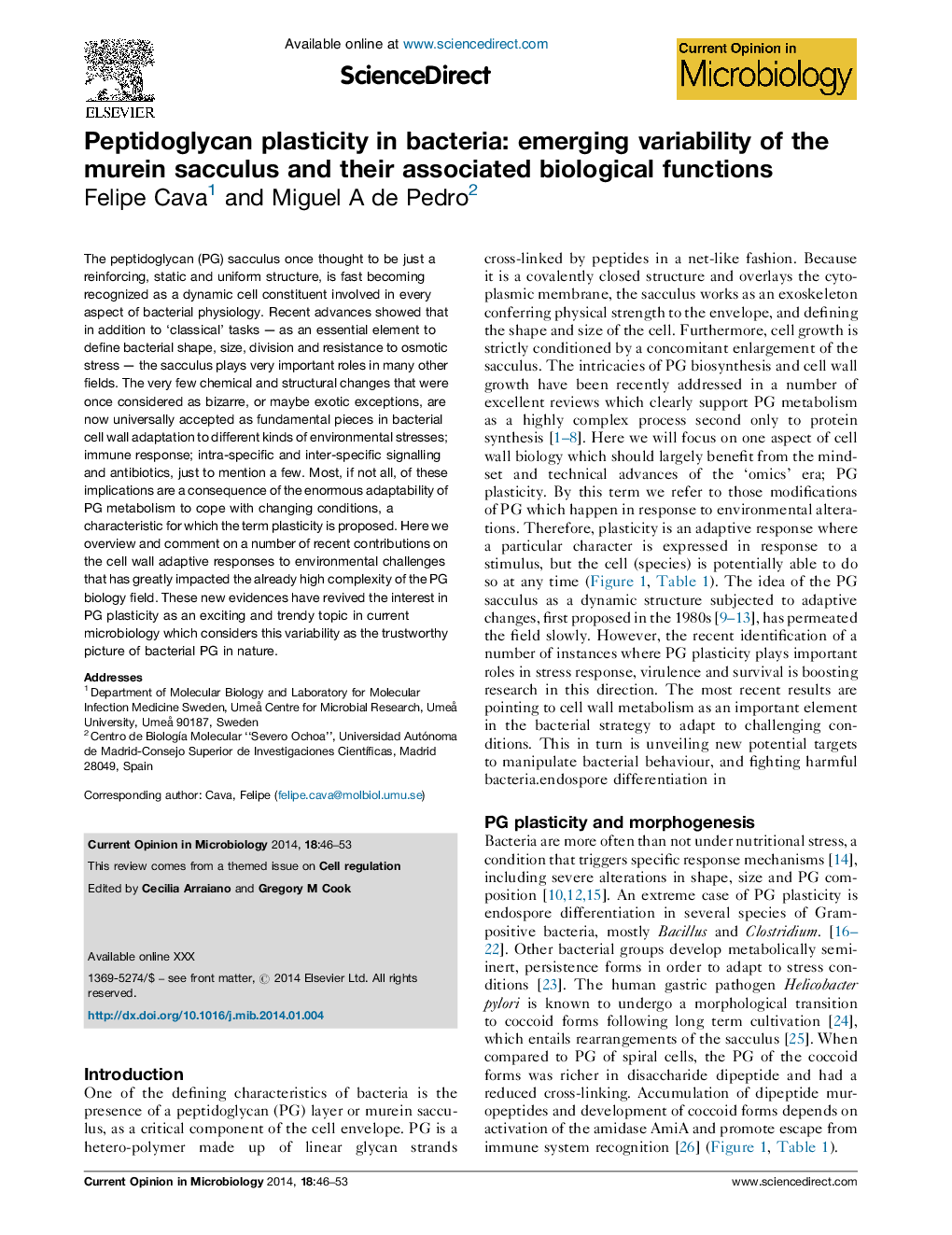| Article ID | Journal | Published Year | Pages | File Type |
|---|---|---|---|---|
| 6132038 | Current Opinion in Microbiology | 2014 | 8 Pages |
Abstract
The peptidoglycan (PG) sacculus once thought to be just a reinforcing, static and uniform structure, is fast becoming recognized as a dynamic cell constituent involved in every aspect of bacterial physiology. Recent advances showed that in addition to 'classical' tasks - as an essential element to define bacterial shape, size, division and resistance to osmotic stress - the sacculus plays very important roles in many other fields. The very few chemical and structural changes that were once considered as bizarre, or maybe exotic exceptions, are now universally accepted as fundamental pieces in bacterial cell wall adaptation to different kinds of environmental stresses; immune response; intra-specific and inter-specific signalling and antibiotics, just to mention a few. Most, if not all, of these implications are a consequence of the enormous adaptability of PG metabolism to cope with changing conditions, a characteristic for which the term plasticity is proposed. Here we overview and comment on a number of recent contributions on the cell wall adaptive responses to environmental challenges that has greatly impacted the already high complexity of the PG biology field. These new evidences have revived the interest in PG plasticity as an exciting and trendy topic in current microbiology which considers this variability as the trustworthy picture of bacterial PG in nature.
Related Topics
Life Sciences
Immunology and Microbiology
Microbiology
Authors
Felipe Cava, Miguel A de Pedro,
